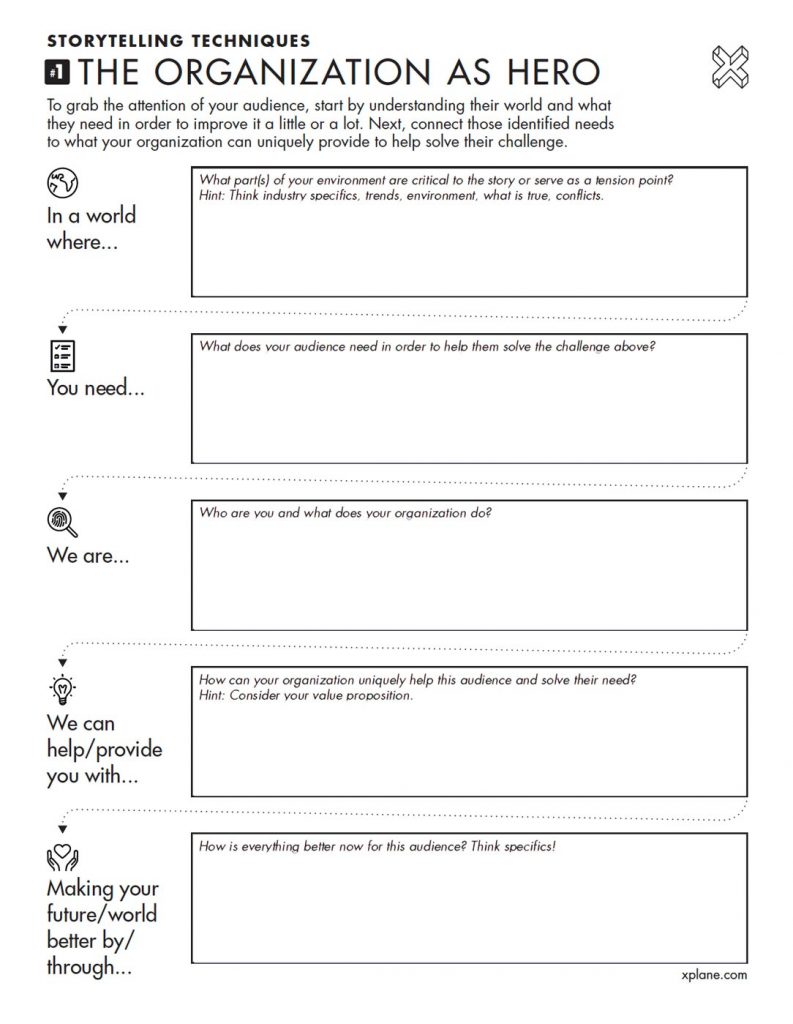We’re in a moment of tectonic change. The only certainty we have as the world starts to reopen is that things will be different. Remember air travel before 9/11? (Yeah, me neither.) Our inner voice may be telling us to step up, to make a difference. Maybe our organizations are calling on us to lead a new initiative or build a new product to meet rapidly changing consumer needs.
Get Over Yourself
Either way, we might find ourselves in the uncomfortable place of leading others into the unknown when we don’t have the authority or training to do so.
One of the biggest challenges of being in this position is getting over imposter syndrome: Why should they listen to me? I don’t feel qualified to lead these experts.
Eight Tips for Leading When You Need to Step Up
After being in a few of these situations myself, I’ve stolen a few tricks from the designer’s toolbox to become someone who can help get others on board with an idea and get the needle moving.
Here are tips to help you do the same.
- Ground in purpose: In leading any effort, start by answering the question, Why are we doing this? Purpose needs to be in the service of others and deeper than about generating profit. A well-crafted purpose statement is a guiding light. It’s the reason people will go on a journey with you—and it’s the fuel to keep them going when things get tough. Simon Sinek’s Golden Circle provides a great framework for explaining how to create enough momentum to turn an idea into a social movement.
- Empathy is your secret weapon: In times like these, where everything is uprooted and our roles and routines are being re-negotiated, empathy—the ability to detect another’s emotions and understand their perspective—is the glue. Empathy is what you need to comfort a grieving coworker, get people on board with your ideas, diffuse tension with your boss, and even compel a customer to buy your product. When people feel accepted and validated, it builds trust. Trust breeds creativity. Try our Pain/Gain Empathy Map to learn how to better empathize with the motivations and concerns influencing others’ decisions.
- Gather multiple perspectives: Sometimes a team needs to do more than execute against an existing plan: They need to work together to wade through ambiguity and come up with a completely new future that doesn’t exist. To do that, you as a leader must assemble people with diverse skill sets, backgrounds, and experiences and unite them. It’s your job to create a welcoming space for others to share ideas without fear of judgment. This creates psychological safety, space where teams can take risks without feeling insecure or embarrassed. At XPLANE, we do this through Post Ups and Affinity Mapping.
- Make arguments your friend: When you assemble that talented group of individuals, tensions will inevitably arise. This can be a good thing when approached with the right mindset. Your team’s goal should be for the best idea—not the loudest or highest-ranking—to win. Daniel Coyle, author of theNew York Times bestselling The Talent Code and The Culture Code says, “The key, I think, is the way you think about the argument. We instinctively see argument as a negative—a tension that needs to be resolved. Strong teams, however, flip that on its head. They view argument as a continual exercise, part of the never-ending process of getting feedback, locating the truth, and getting better.” Learn more from Coyle on How to Argue Better and from XPLANE on how to navigate tensions through Challenge Statements.
- Generate many options first, then bring in constraints: Good ideas don’t just come out of thin air; they come from a diverse group of people who generate lots and lots of ideas. Think about how you pick a restaurant with your friends (something we used to do almost every weekend!). Most groups only come up with two or three default ideas made by a small subset. What if you asked the whole group what kind of experience each person was looking for, did some brainstorming, came up with 10 different ideas, and then voted? You’d probably end up with something unexpected—maybe something that doesn’t even involve the same old restaurant experience. Now you have something that everyone’s excited about. XPLANE uses the “Double-Sided Pencil” framework with clients to explain the process we use to help groups generate insightful, creative ideas and make clear, accountable decisions.
- Use questions to unlock: Most people assume that leaders are supposed to have all the answers. But when you’re leading a diverse team of skilled people toward an ambiguous future, it’s not about having the right answers. It’s about asking the ambitious, unexpected questions that no one else is asking. Questions unlock, they respect the perspectives of others and move the team away from defensiveness toward creativity and collaboration. The trick is to ask open-ended questions—questions that begin with Why? How? What if? Questions that can’t be answered by a yes or a no—questions that are ambitious, yet actionable. To learn more, read Warren Berger’s A More Beautiful Question.
- Generate momentum: We’ve all been there—the team had a great mind-melding offsite. Possibilities were explored, decisions made, brilliant ideas sparked . . . and then they all died on the meeting room floor because no one wanted to be accountable for acting on them. Use XPLANE’s Who/What/When Matrix to focus the discussion and connect people with clear actions they defined and committed to at the time they were excited about the ideas.
- Build influence through storytelling: Think about the last time you were motivated to make a big change in your life. Chances are you weren’t motivated by a statistic, but rather by a documentary, a TED Talk, or a podcast—in other words, stories. Stories connect us as humans. They activate a physical response in our bodies and stick in our minds. Whether you’re trying to motivate your team or convince leadership to back your initiative, narrating a well-crafted story with the needs of your audience in mind is one of the most powerful influence tools in your toolbox. Hear from master storyteller Nancy Duarte on How to Tell a Story and use this quick and easy framework, The Organization as a Hero, developed by XPLANE’s Creative Director, Tim May, to build your story.

Move to Action
There you have it—everything you need to conquer your inner critic and step up to build momentum around your ideas.
True leadership is about motivating people to go on a journey with you—not because you’re in charge but because the journey is worth it.
